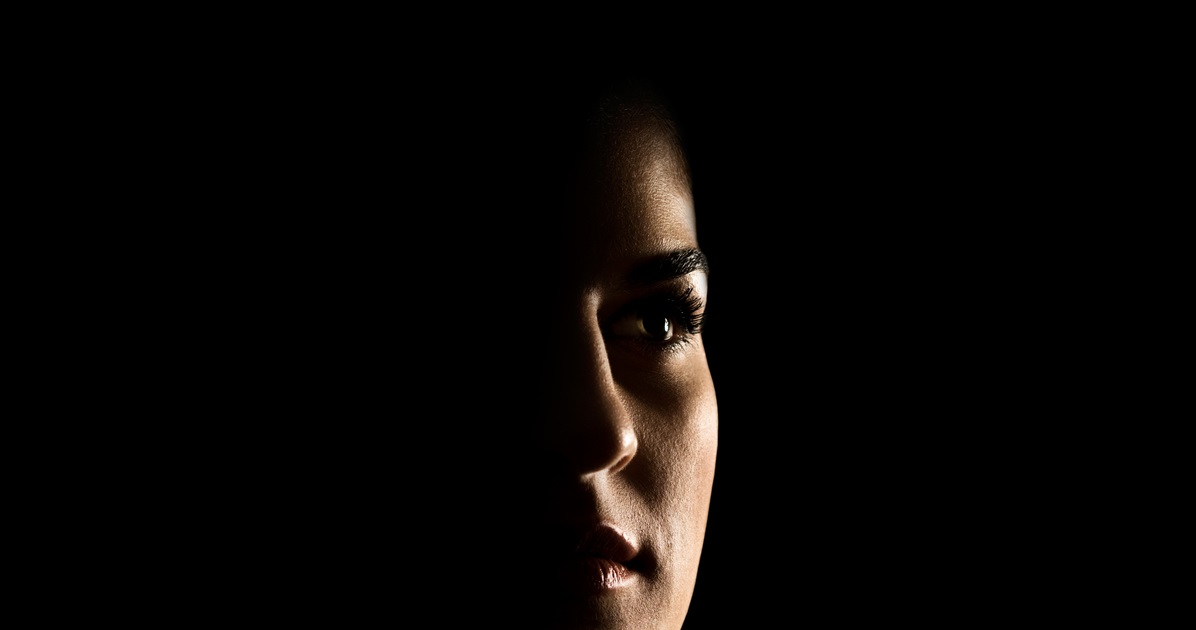One of the most fascinating and adaptable organs in the human body is the eye. Sight is one of the five senses and arguably one of the more important ones as vision is a major aspect of daily life. One of the most remarkable aspects of one’s eyes and vision is the ability for our eyes to adjust from light to dark without major effort or energy. The range of human vision is truly incredible. How do your eyes adjust to the dark?
If you are in need of an eye doctor in Orange County, Dr. Ghosheh is here to help.
Adjusting to Darkness
The eye has three different parts that help us to not only see but to adjust to various ranges of lightness and darkness. It’s hard to believe such a small part of the body is so complex, yet it enhances so much of people’s lives. How do your eyes adjust to the dark?
Part 1: The Pupil
The pupil is the dark opening in the center of your eye. This is where the light actually comes in. Depending on the amount of light that is present, the pupil will contract or expand to protect one’s eyes. The pupil can actually physically block the amount of light that enters the eye.
Part 2: The Retina
The retina is the thin layer of nerves that line the back of your eye. It is responsible for sensing light and sending signals to your optic nerve and brain to inevitably create images. The retina is made up of rod cells and cone cells. The eyes sense light with these two different types of cells. The cone cells perceive color in bright light. In contrast, the rod cells perceive black and white images in lower light.
Part 3: Rhodopsin
Rhodopsin is a chemical found in the rod cells mentioned above. This is the more complex component of the vision process. The chemical, rhodopsin, is what the rod cells use to absorb photons and inevitably perceive light. When the rhodopsin chemical absorbs a photon, it splits into a retinal and an opsin molecule. These molecules naturally recombine themselves back into rhodopsin. This happens fairly slowly, and according to scientists, at a fixed rate. Therefore, rhodopsin is the key to night vision.
Without rhodopsin, adjusting to the dark will take a few minutes as the recombination process explained above occurs. When the lights are out, or you are in darkness, it’s difficult to see at first. This is because the cone cells need a lot of light and without the rhodopsin, the rods are no longer effective for vision in the dark. However, once you are in the dark the retinal and opsin recombination process occurs. Once this happens, your night vision will be in full effect. The phenomenon is known as the “dark adaptation.”
Eye Doctor in Orange County
If you find that you are struggling with your vision when moving between light and dark and want an expert opinion on what may be occurring, contact Dr. Ghosheh at Advanced Eye Medical. Dr. Gosheh is one of the most well-known and trusted eye surgeons in Orange County. Depending on what your needs are, his clinic provides a wide variety of services. Dr. Ghosheh is focused on providing patients with the most cutting-edge eye care to ensure their unique needs are met. If you have been asking yourself, “Is LASIK right for me?” or ” How do your eyes adjust to the dark?”, Dr. Ghosheh is the eye doctor for you.
Dr. Ghosheh is a board-certified ophthalmologist and LASIK surgery specialist with additional expertise in cataract surgery, and corneal transplantation. He has performed more than 40,000 laser vision correction procedures, making him one of the top eye doctors in the field. Dr. Ghosheh’s clients have raved about his work and their experiences with him. Due to his wide network, more than 90 percent of his patients are derived from referrals from other satisfied clients. Advanced Eye Medical has a team of experts under Dr. Ghosheh who are some of the top medical professionals and specialists in the Southern California area.

